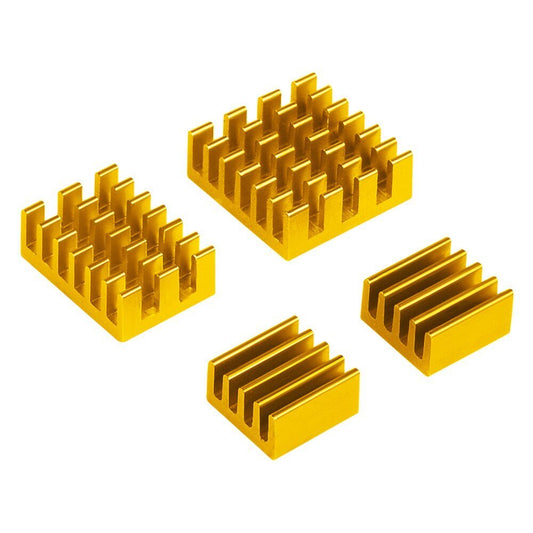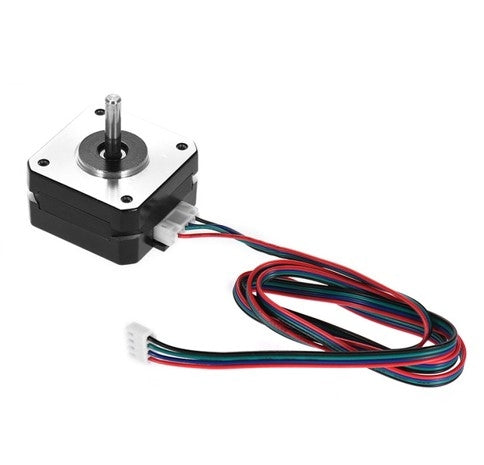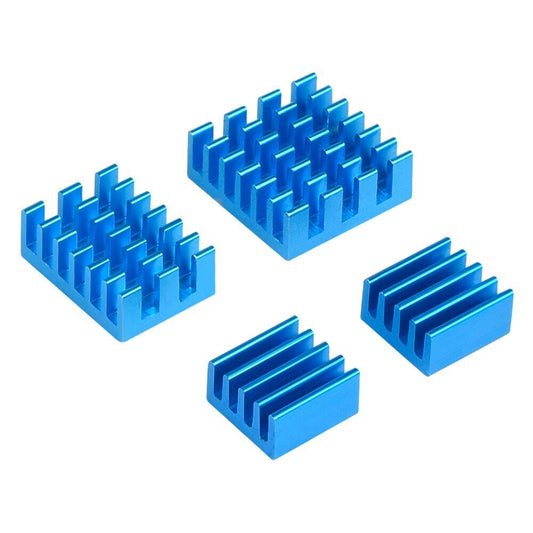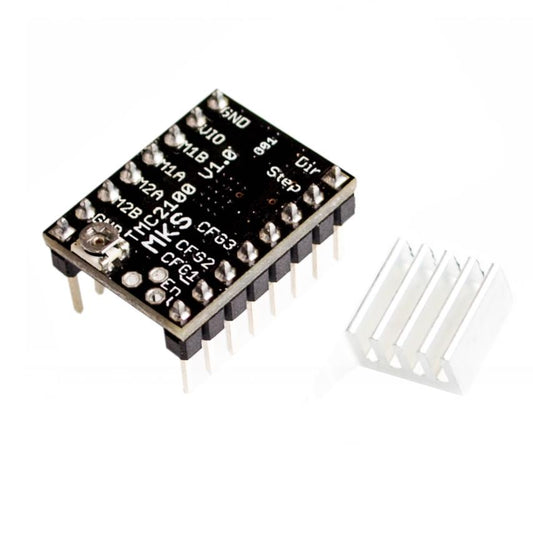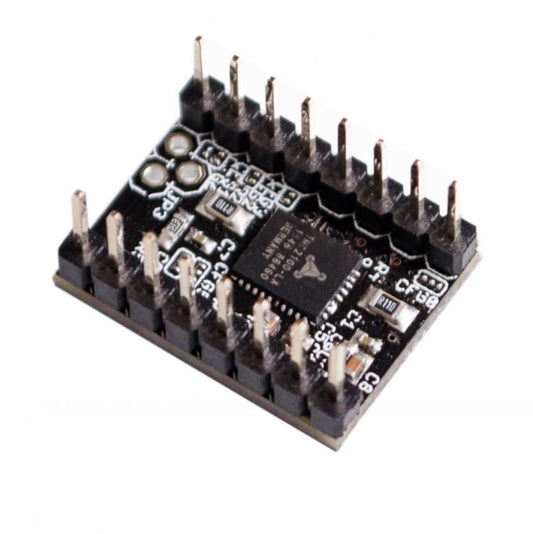Cooling Fans & Heatsinks Philippines: 5V, 12V, 24V | Circuitrocks
Cooling Fans & Heatsinks — 5V, 12V, 24V for Raspberry Pi, 3D Printers & Electronics
Keep your electronics running cool and stable with our selection of cooling fans, heatsinks, and thermal materials. Choose from 5V–24V fans, aluminum heatsinks, blower fans, thermal pads, and complete cooling kits for Raspberry Pi, 3D printers, robotics, and compact enclosures.
Fans • Heatsinks • Blowers • Thermal Pads • Cooling Kits
Why shop cooling parts here
-
Wide range: 3010, 4010, 5015, blower & axial fans
-
High-quality heatsinks: aluminum & copper options
-
PH support: thermal matching & installation advice
Popular uses
- Raspberry Pi cooling & overclocking setups
- 3D printers (hotend, mainboard, PSU cooling)
- Motor drivers, MOSFETs & power electronics
- Robotics enclosures & sealed systems
- LED strips & high-brightness LED modules
Cooling categories
Heatsinks & Thermal Blocks
Thermal Materials
- Thermal pads & silicone sheets
- Thermal paste for chips & MOSFETs
- Self-adhesive heatsink tapes
Tip: For Raspberry Pi 4 or Pi 5, pairing a 4010/5010 fan with a copper heatsink dramatically improves sustained performance under load.
Cooling chooser (quick guide)
| Need |
Best choice |
Notes |
| Small electronics, Pi Zero/3 |
3010 fan + aluminum heatsink |
Quiet and compact. |
| Raspberry Pi 4/5 cooling |
4010/5010 fan + copper heatsink |
Handles higher heat output. |
| 3D printer hotend or board |
5015 blower fan |
Directs airflow precisely. |
| Motor drivers / MOSFETs |
Aluminum heatsink + thermal pad |
Improves reliability and lifespan. |
| High-performance chips |
Copper heatsink + paste |
Best thermal conductivity. |
Choose based on voltage (5V/12V/24V), airflow needs, and available mounting space.
Starter bundles
-
Raspberry Pi Cooling Kit: 4010 fan + copper heatsinks
-
3D Printer Cooling Set: 5015 blower + thermal pads
-
Electronics Cooling Pack: heatsinks + thermal tape + 5V fan
FAQ
Which cooling fan voltage should I choose?
Use 5V for microcontrollers and Pi, 12V for 3D printers and general electronics, and 24V for CNC or industrial equipment.
Do I need a heatsink and a fan together?
For high-heat components like CPUs, drivers, and MOSFETs, yes—fans improve airflow while heatsinks absorb heat.
Is thermal paste required?
Not always. Thermal pads work well for most electronics; paste is used when perfect heat transfer is needed.
Do you ship nationwide?
Yes—fast shipping across the Philippines with same-day processing for in-stock items.

 Sold out
Sold out













